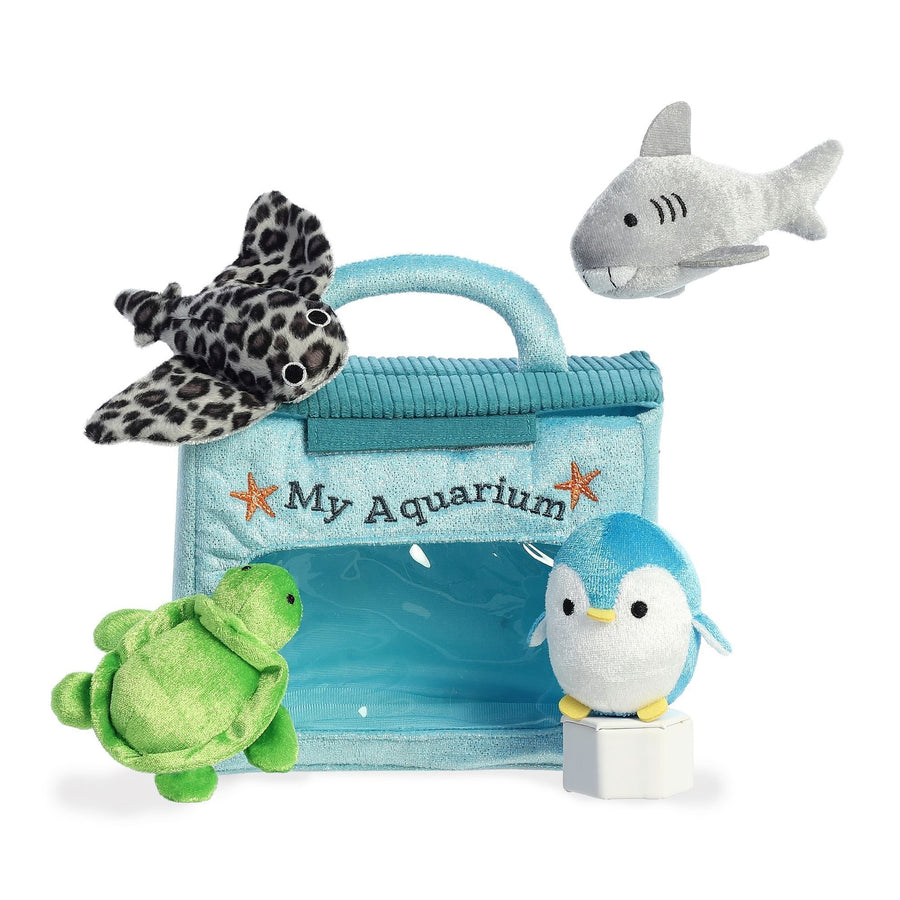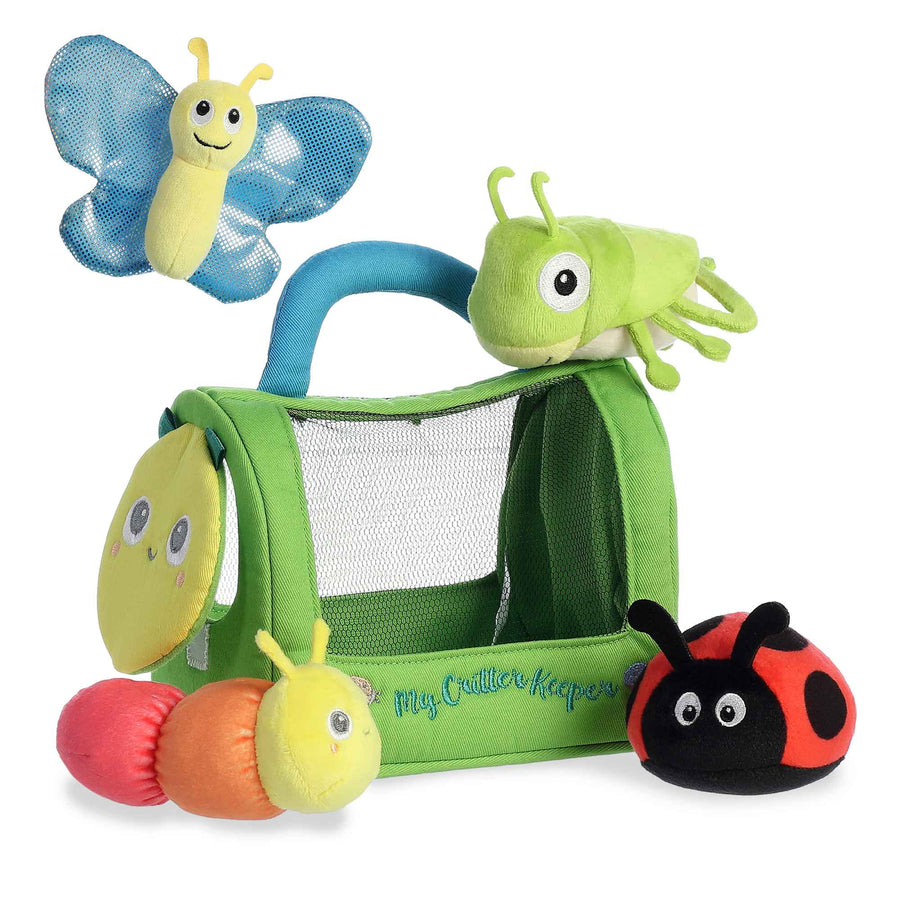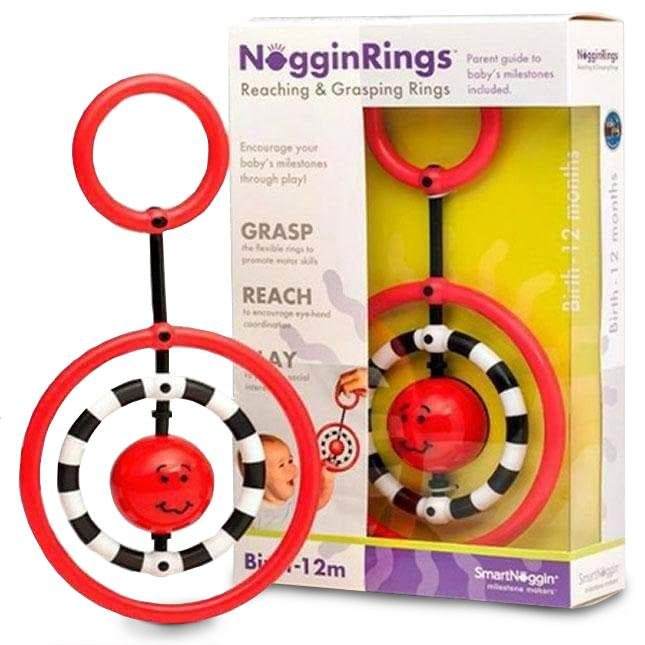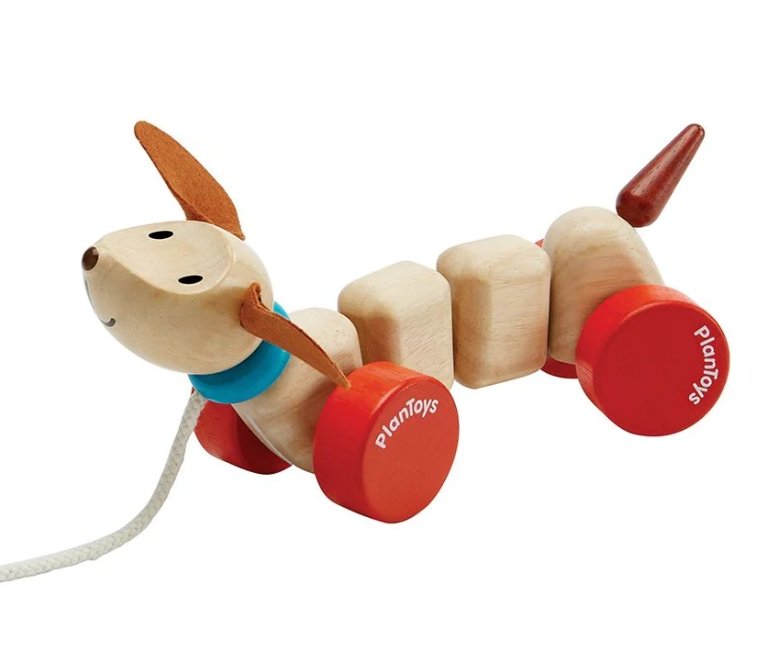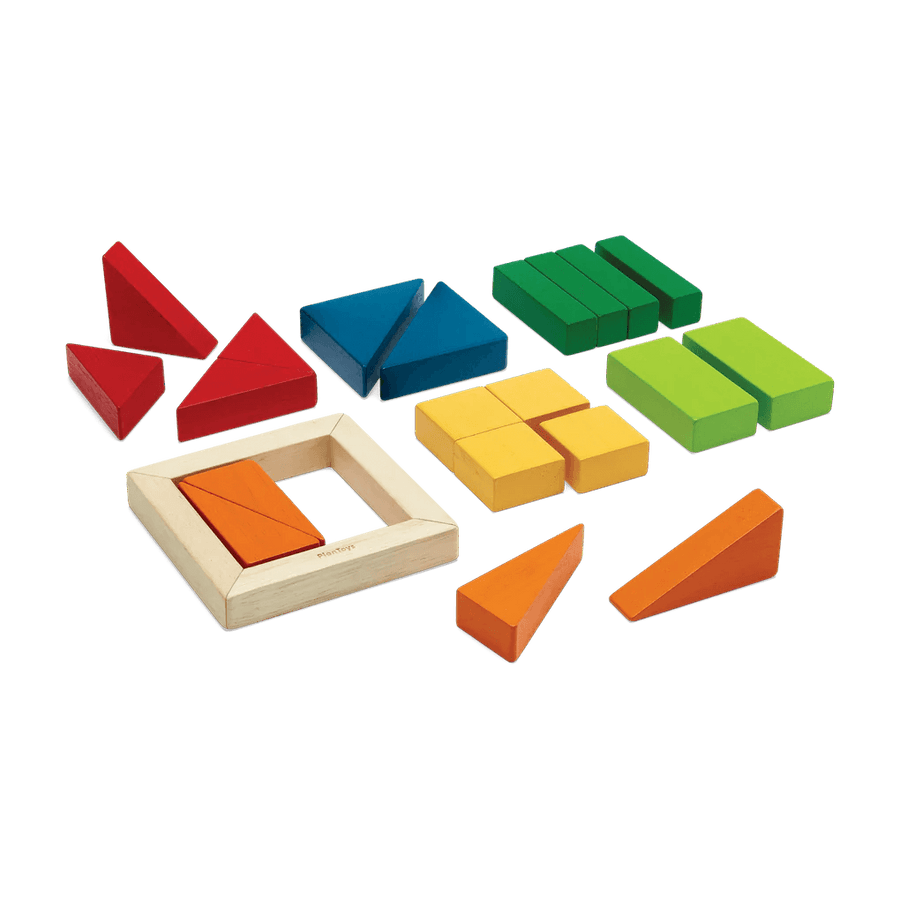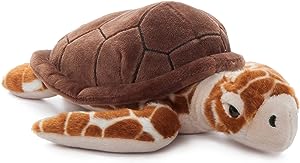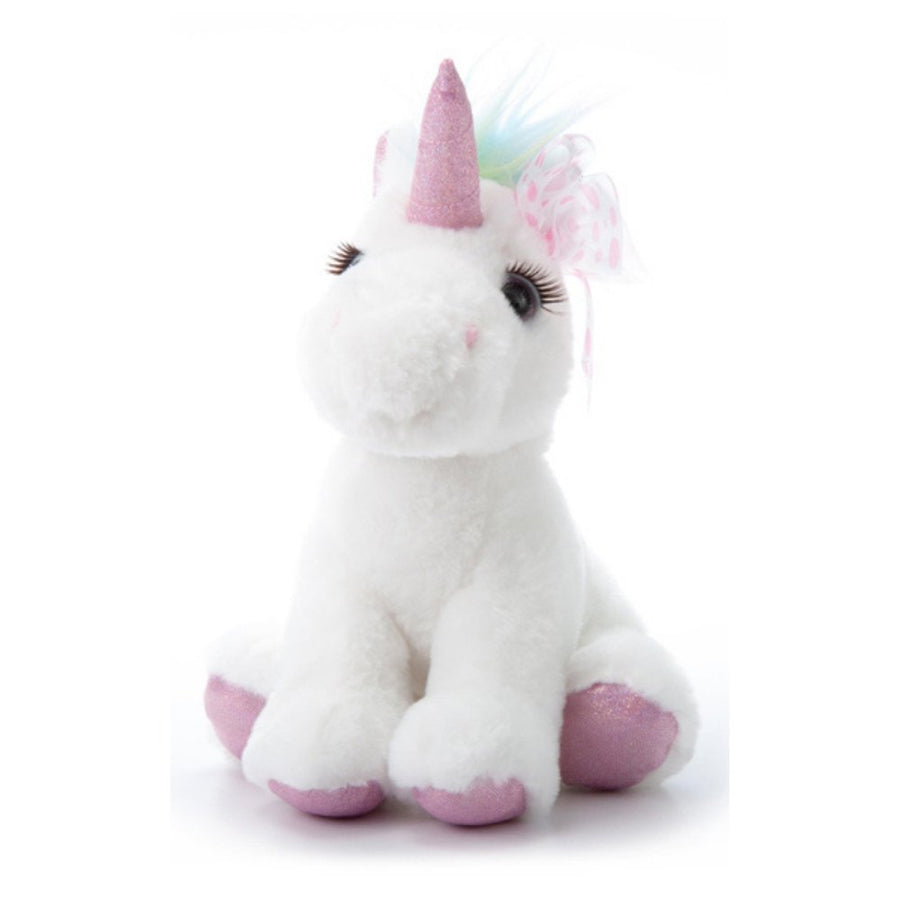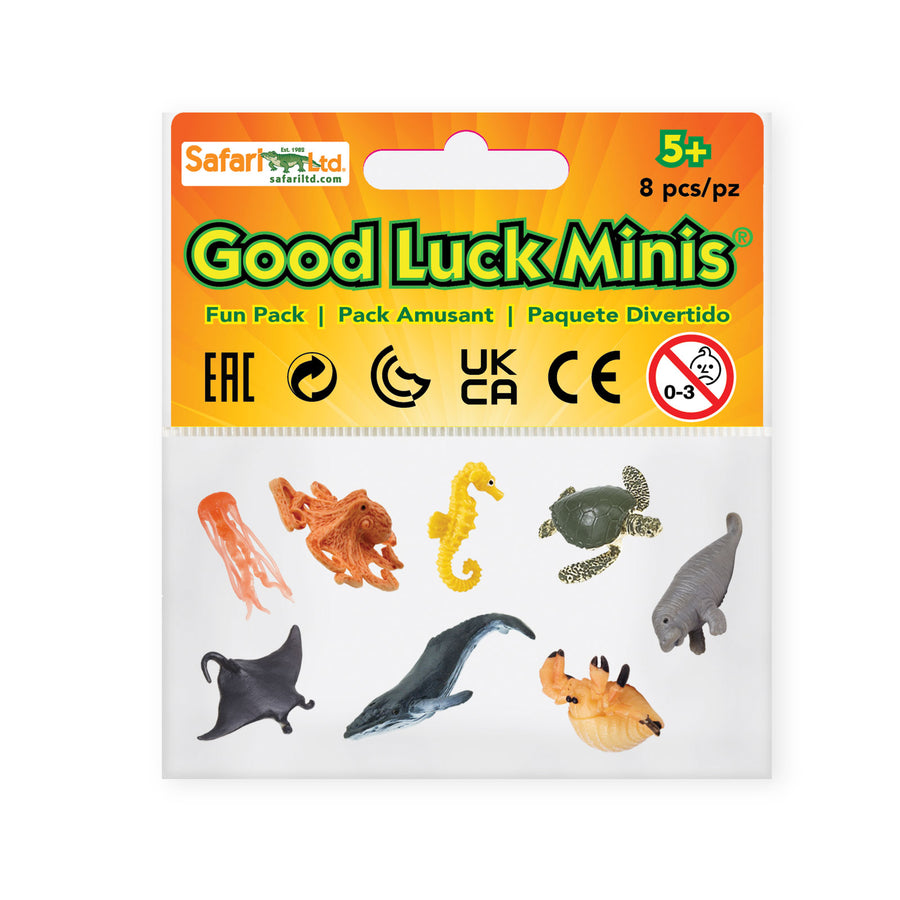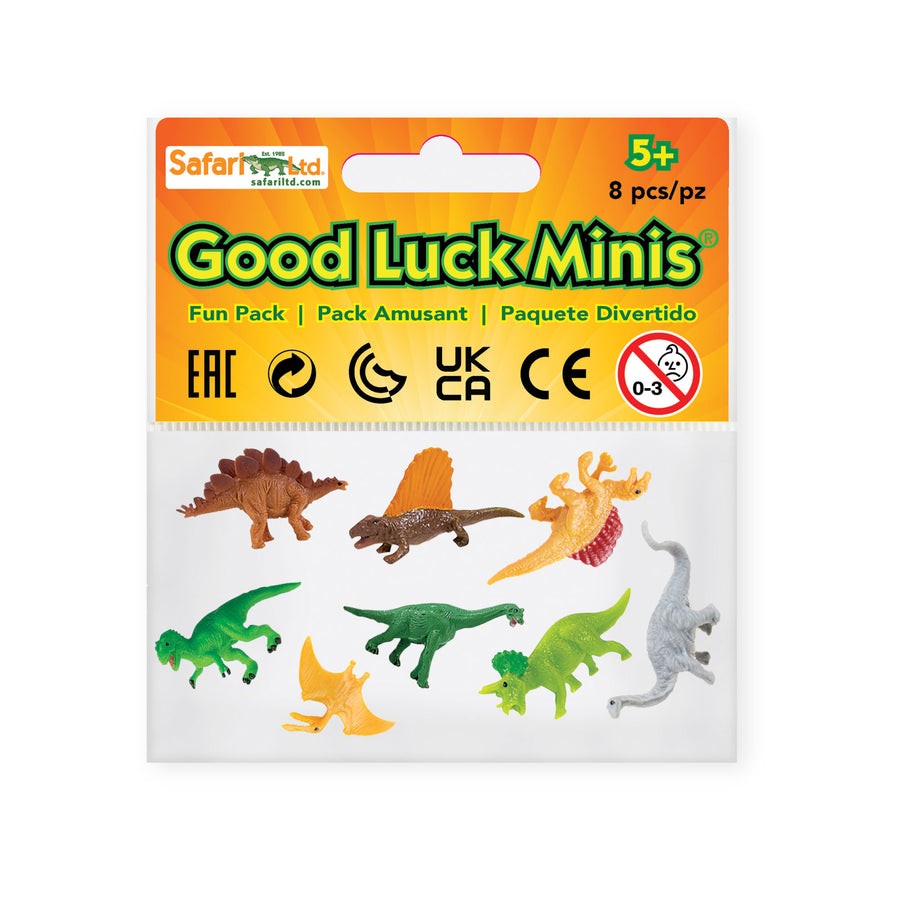Babies learn by exploring their worlds. But as any parent knows, they often do so by sticking toys and other objects in their mouths. If they aren’t “tasting,” the toy, they are touching them before sucking on their fingers. Dirty toys can harbor bacteria, mold and even viruses – all things that make babies sick.
Parents can protect their babies and toddlers from germy toys. They can clean and disinfect them. Different toys, however, require different methods of disinfection. After all, you won’t submerge an electronic toy in water, and you won’t toss wooden blocks in the washing machine.
Why is it Important to Disinfect Baby Toys?
Why should you disinfect your baby’s toys? As we mentioned above, various germs can build up on toys – germs that then make their way into your baby’s mouth through one avenue or another.
It’s true. Toys are germ hotspots because children frequently touch them, chew on them, and share them with others. Dirty toys can even harbor harmful bacteria like E. coli, as well as staph and flu viruses – all germs that can survive on surfaces for hours, days, or even more, according to the Cleveland Clinic.
Babies can be especially susceptible to infection thanks to their developing immune systems. Teething toys, bath toys, and playdate toys are particularly at high risk of germ buildup.
By regularly cleaning baby toys, you reduce the risk of common illnesses like colds, stomach viruses, and other infections.
Different Types of Baby Toys and Their Cleaning Needs
Cleaning baby toys does not have a one-size-fits-all solution. Different types of toys require different cleaning methods. Your first step is determining what the proper method is. Cleaning procedures for common types of baby toys include:
- Soft Toys and Plushies: Plush toys can trap dust, dirt, and bacteria. They also can be a breeding ground for dust mites. It’s important to wash plush toys every couple of weeks or anytime after the child has been sick.
- Plastic and Hard Toys: Plastic and hard toys like figurines can be easily wiped down or disinfected using soap and water, disinfectant wipes, or even the dishwasher. If these toys are used more frequently, they need to be cleaned weekly or even daily.
- Wooden Toys: Because wooden toys are more porous, they absorb germs that are hard to remove since the toys can’t be soaked in water without damaging them. You can clean them with a damp cloth and natural disinfectants like vinegar to avoid water damage.
- Electronic Toys: Obviously, electronic toys can’t be submerged in water. Their sensitive components require extra care. Clean these toys with a damp cloth to avoid getting moisture into the electronic components.
Bath Toys: Bath toys are especially prone to mold because of their frequent water exposure. Squeeze all of the water out after each use, then regularly disinfect to prevent mold growth.
How Often Should You Clean and Disinfect Baby Toys?
You’re probably wondering how often to clean and disinfect baby toys to best protect your child. Depending on use, some toys need to be cleaned as often as daily, while others can wait for a more occasional cleaning.
Daily or Weekly Cleaning
Teething toys, pacifiers and bath toys should be cleaned daily. This is especially important since these toys often come into direct contact with babies’ mouths. Be sure to use non-toxic disinfectants and rinse thoroughly before returning them to your child for use.
Toys that are used outside or in public spaces, such as stroller and car seat toys, should be disinfected weekly.
Monthly or Occasional Cleaning
Soft toys that don’t come into direct contact with food or mouths can be cleaned less frequently. A monthly cleaning may suffice. Electronic toys that are used less frequently might also need only occasional wiping down.
After Illness
To protect your children’s health, it’s vital to clean their toys anytime they’ve been sick. In fact, any toy that a sick child touches should be disinfected immediately to prevent the spread of germs.
Safe Cleaning Methods for Disinfecting Baby Toys
There are various methods of cleaning and disinfecting baby toys. To ensure safety, it’s important to use the right methods for the right toys.
Using Soap and Water
Soap and water are safe for most hard toys, including plastic and rubber. Just fill a basin with warm water and mild soap. Scrub the toys with a soft brush or cloth to remove visible dirt. Rinse the toys thoroughly and let them air dry.
While soap and water effectively removes most dirt and germs, it’s not enough for full disinfection.
Using a Disinfectant Solution
Sometimes you need a disinfectant solution to properly clean baby toys. Safe disinfectants include vinegar and water, diluted bleach, or baby-safe disinfectant sprays.
Start by mixing the cleaning solution. You can choose either one part vinegar to one part water, or one tablespoon of bleach to one gallon of water. Obviously, if you are using a baby-safe disinfectant, you can skip this step.
Wipe the toys with the cleaning solution. If it won’t damage the toy, you can soak it in the solution. Always rinse thoroughly to avoid leaving chemicals behind.
Let the toys air dry.
Dishwasher Cleaning
You can clean some types of baby toys in the dishwasher. Dishwashers offer a hands-free way to sanitize hard plastic toys. If your dishwasher has one, use the sanitize setting. Be sure that the toys are dishwasher safe by checking product labels.
How to Disinfect Electronic Baby Toys
Obviously, you can’t soak, spray, or dishwash electronic baby toys. But that doesn’t mean you can’t clean them.
Before cleaning the toy, turn it off or remove its batteries. Dampen a soft cloth with either water and mild soap or a water and vinegar solution.
Using the cloth, wipe down buttons, screens, and other frequently touched parts. Use a cotton swab for hard-to-reach places like between buttons. Still, avoid over-wetting the toy to prevent damage to electronics.
Special Considerations for Wooden Toys
Because wooden toys are made of porous materials, they can harbor bacteria. But because that porous wood can absorb water, submerging the toys is a bad idea.
To safely clean wooden toys, dampen a cloth with other mild soap and water or a diluted vinegar solution. Wipe the toys down with the damp cloth. Immediately dry the wooden toys with a clean, dry cloth. That way, moisture is less likely to damage the wood.
Never use harsh chemical disinfectants on wooden toys. They can ruin the toy’s finish.
How to Disinfect Plush and Soft Toys
Plush toys become children’s best friends, and they often tote the cuddly buddies everywhere they go. Stuffed toys can pick up germs along the way, so they need to be cleaned periodically
The good news is most plush and soft toys can be safely machine washed. Use mild detergent and a gentle washing cycle. If your child has sensitive skin, you can use a hypoallergenic detergent.
Add a second rinse cycle to make sure all soap is washed out of the toy. Finally, either air dry or tumble dry on low heat. Avoid high heat that might damage the toy.
Sometimes plush toys need to be hand washed.
To hand wash soft toys, submerge them in warm, soapy water. Gently scrub the toy with a soft brush or cloth. Rinse it thoroughly to remove all the soap, then squeeze out excess water. You can air dry the toy by either laying it flat or hanging it up.
Are Natural Cleaning Products Safe for Baby Toys?
Not all cleaning products are safe for babies, so how do you know which to trust? A variety of natural disinfectants can be used to safely clean baby toys. Vinegar, baking soda, and hydrogen peroxide are all common, natural disinfectants that are safe for most baby toys.
They are free of harmful chemicals while still being effective at removing bacteria and other germs. Just remember to rinse the disinfectant away after cleaning. You don’t want to leave behind residue that might end up in baby’s mouth.
How do you mix these natural cleaning solutions? Each has its own process:
- Vinegar: Use a mixture of 1 part white vinegar to 1 part water for hard toys or wooden ones.
- Baking Soda: Baking soda is great for scrubbing toys and removing odors. Create a paste with water and scrub the surface of toys.
- Hydrogen Peroxide: The common solution is safe for disinfecting and killing bacteria. Just make sure you rinse thoroughly afterward.
Final Tips for Keeping Baby Toys Germ-Free
Now, you know the proper ways to clean baby’s and toddler’s toys. Before you begin, keep in mind a few more tips.
Routine Cleaning
Remember that routine cleaning is key. Develop a cleaning schedule that will ensure your child’s toys remain free of germs. Consider rotating toys in and out of circulation to ease your cleaning duties.
Use Baby-Safe Cleaning Products
Only clean your baby’s toys with the natural solutions we described above or with products specifically designed for baby toys. You can find baby-safe disinfectant sprays at most stores that sell baby products.
Check Toy Labels
Always check the toys’ labels before cleaning them. Some toys have specific cleaning instructions that parents should follow to avoid causing damage.
Clean Baby Toys Protect Children's Health
The importance of cleaning baby toys can’t be overstated. Otherwise, babies can be exposed to harmful bacteria, viruses, mold, and other germs. Parents are encouraged to create a regularly cleaning routine for toys.
To ensure your baby’s toys are easy to safely clean, consider any of the educational, easy-to-clean toys from Safari Ltd. Parents and educators adore popular options like Good Luck Minis and Toobs, which are fun for older children and easy for parents to clean.


